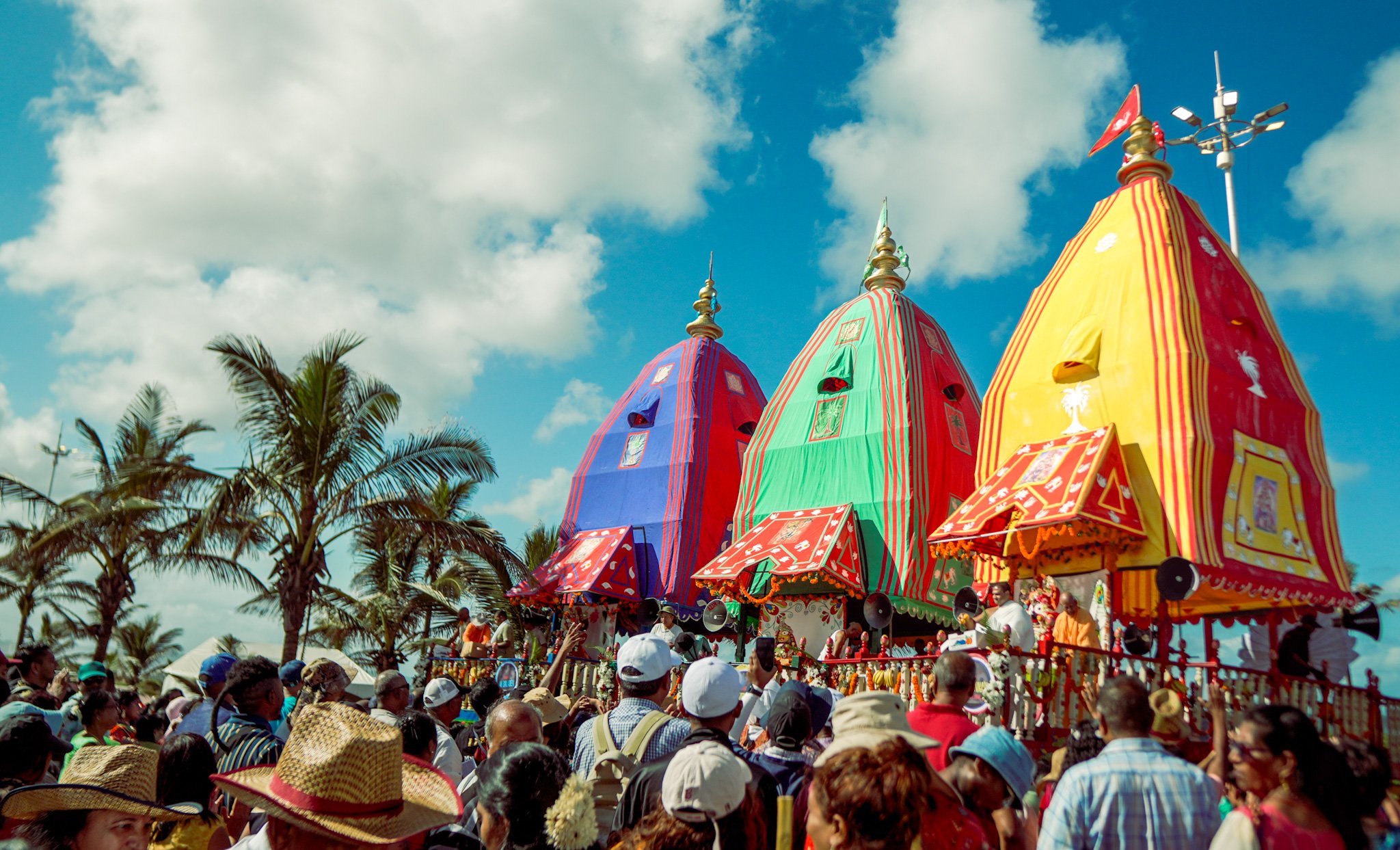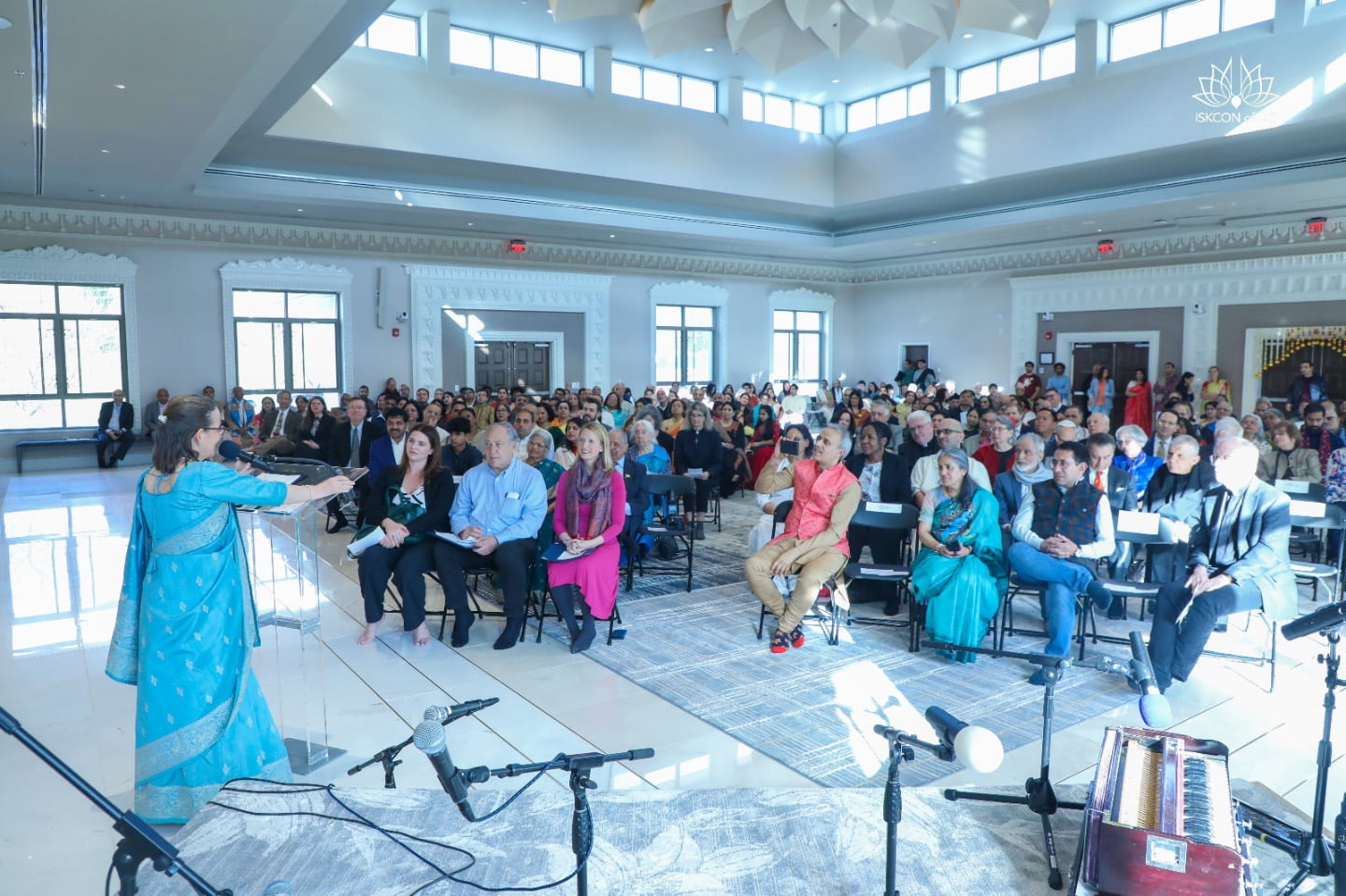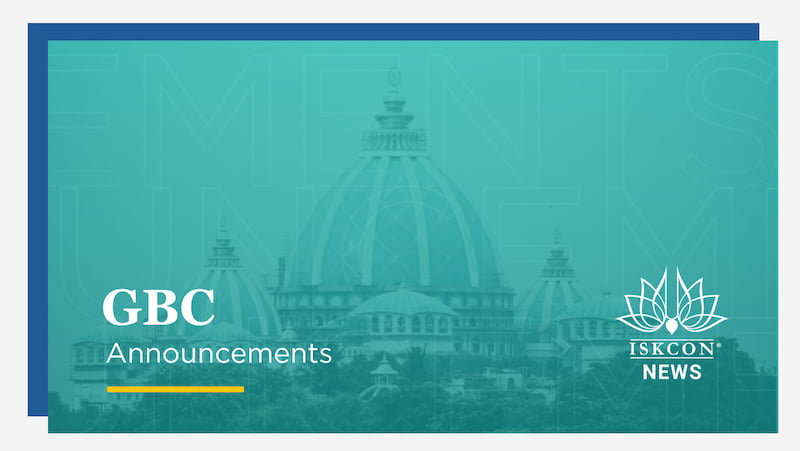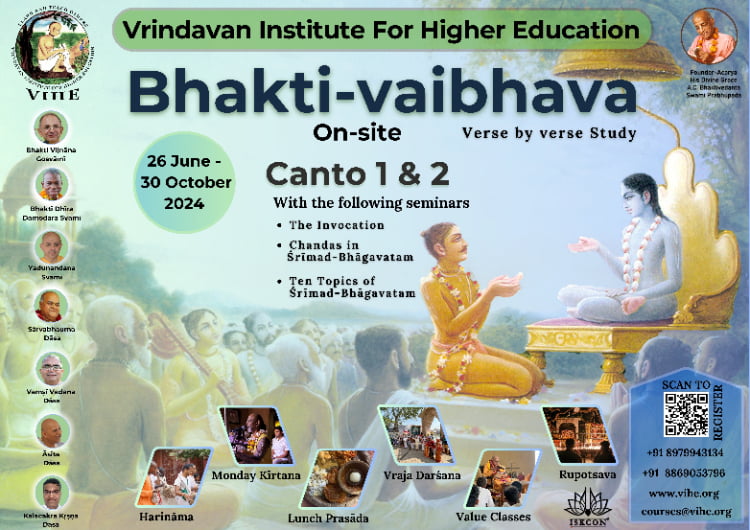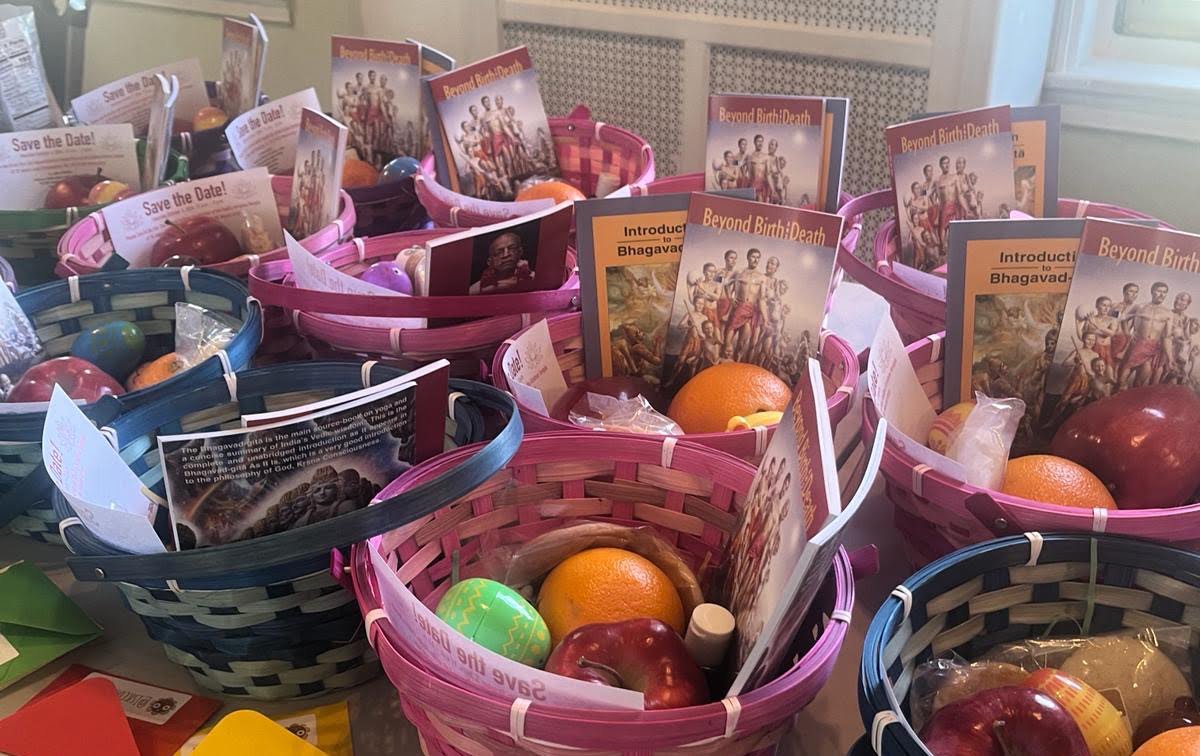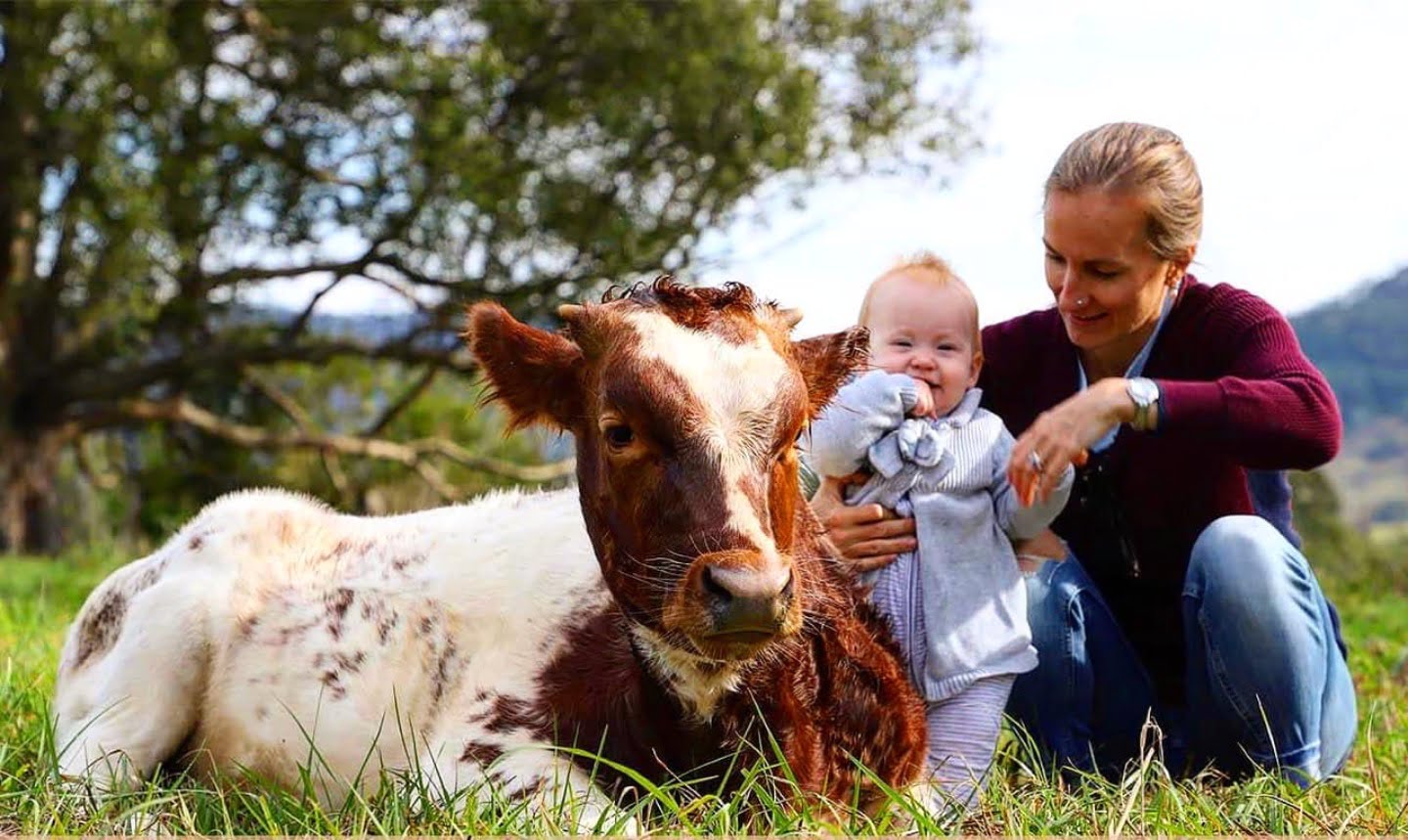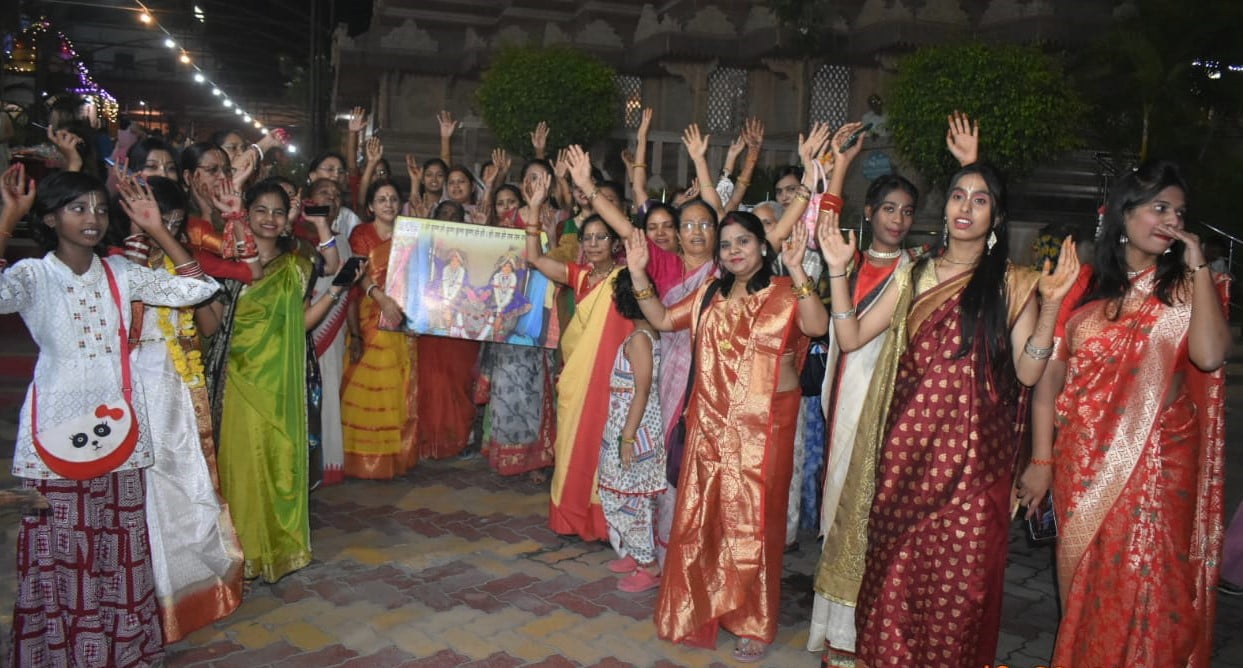Buddhists, Hindus, Jains and Sikhs Combine for First-Ever White House Conference
By Contributor | Apr 27, 2012

Washington DC: On April 20, 2012, Hindu American Seva Charities (HASC) made history, co-hosting with The White House Office of Public Engagement and Intergovernmental Agencies and the White House Office of Faith Based and Neighborhood Partnerships an historic conference, Community Building in the 21st Century with Strengthened Dharmic Faith-Based Institutions for the Dharmic (defined as Buddhist, Hindu, Jain, Sikh) Religious Leaders. HASC partnered with many Buddhist, Hindu, Jain and Sikh organizations, including Council of Hindu Temples, Federation of Jain Associations of North America, Soka Gakkai International-USA Buddhist Association and others to create a coalition. A total of 52 dharmic communities were represented.
Paul Monteiro, Associate Director, White House Office of Public Engagement observed that the Dharmic-American community is interested in all the same issues that everyone is interested in – healthcare, security, education, etc. He encouraged the participants to follow up this conference with action. “The real measure of success will be in how much more engaged in service the dharmic communities become in the months ahead.”
“In America, our collective faith infrastructures (temples, ashrams, and meditation and yoga studios) are in early stages of development. The Dharmic Americans, mostly post-1964 immigrants, are just becoming part of the mosaic of the pluralistic landscape of America. “As we see it, in America, the seva movement is a tool for social justice, a way to deal with community issues. The eastern Dharmic traditions share many commonalities. We are trying to understand how can we engage with each other collectively? What are our issues? How can more of us engage with the administration?” said Anju Bhargava of HASC, lead organizer of the event. “We hope this will be the first step in the Dharmic community coming together to explore and identify common ground and building a coalition that will strengthen each other and our nation.”
Former US Senator, civil rights champion and presidential advisor Harris Wofford, spoke of the profound contribution that Asian spirituality made to the US Civil Rights movement, recounting that it was a workshop on Ghandi that had inspired the actions of civil rights pioneer Rosa Parks on the day she refused to move to the back of the bus. On a personal level, it was Wofford’s encounters with Gandhians in the late 1940’s that inspired his own dedication to the US civil rights movement.
During a session with Rev. Suzan Johnson Cook, United States Ambassador-at-Large for International Religious Freedom, several participants expressed concern about the treatment of Hindu, Sikh and Buddhist minorities in Pakistan and Bangladesh, as well as the plight of Buddhists in South-east Asia and Tibet. Dr. Siva Subramanian, HASC Board Member called on the ambassador to bring the US dharmic community to the table so they can work more closely with her in addressing their concerns
Other topics of focus for the participants were the challenges being faced by Burmese and Bhutanese refugees in America; the networking of dharmic community resources for disaster response and in support of anti-terrorism efforts; the support of religious literacy programs in the public schools and providing much needed support for dharma-based members of the US Armed Forces.
“I thought this conference marked an expansion and deepening of the dialogue between the Obama Administration and the Buddhist, Hindu and Jain communities, as well as a growing recognition of the contributions these faiths are making in American society.” said Bill Aiken, Public Affairs Director, Soka Gakkai Buddhist Association. “And I think it got a number of the faith representatives thinking about how they can expand on and deepen those contributions.”
For a more complete description of the conference, including the complete list of the 52 participating organizations, visit



